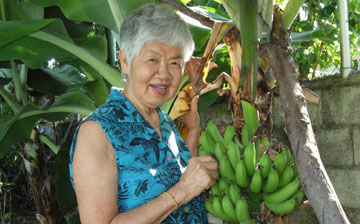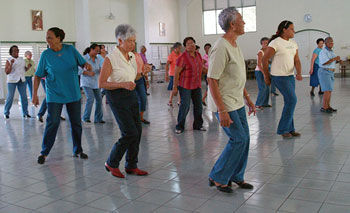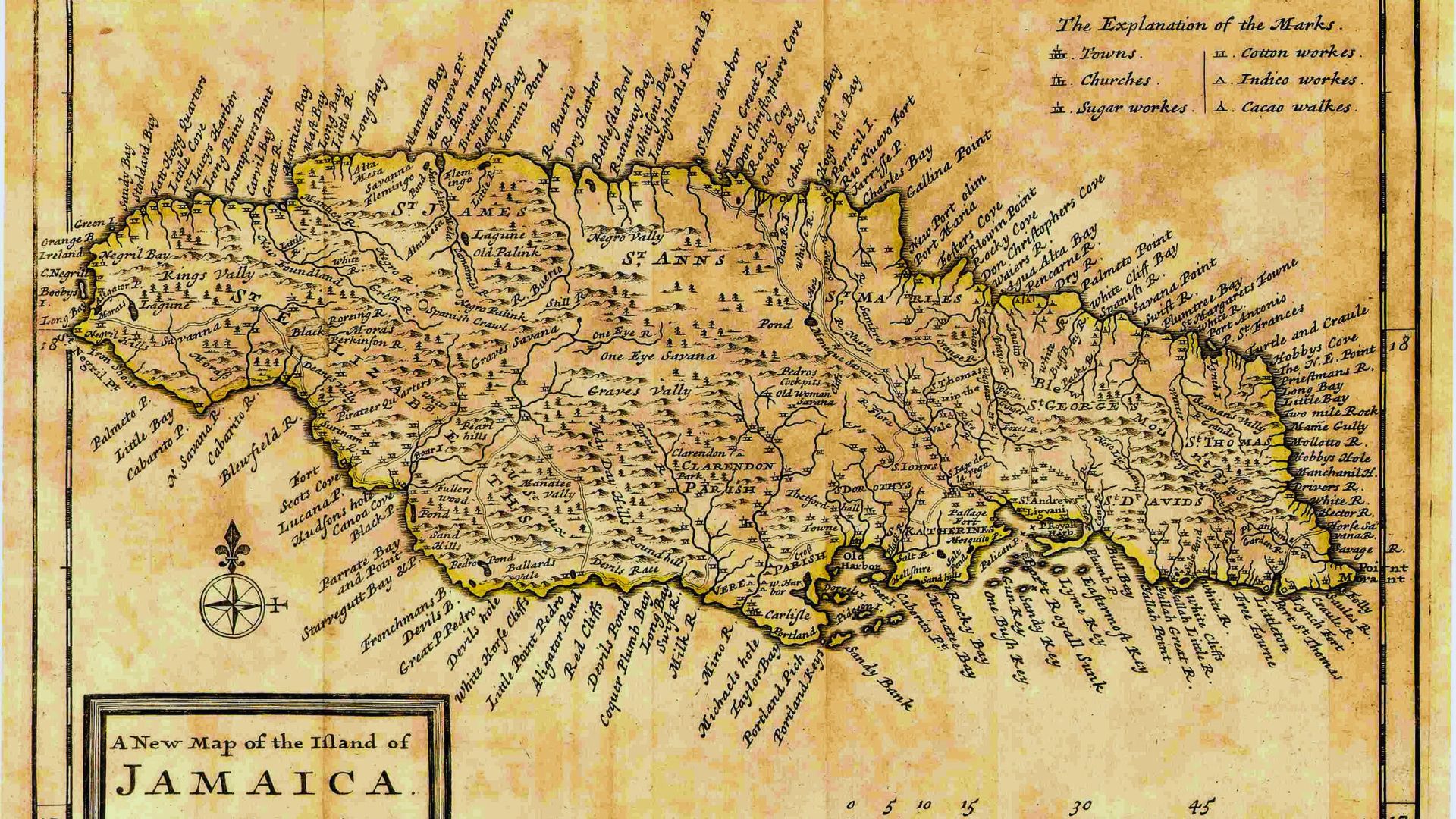Jamaican Vera Lowe developed a love for country and western line dancing about 13 years ago when she started taking weekly lessons at a local high school and at several community centers in Canada. In 2004, Vera became a “snowbird” in Jamaica where she introduced line dancing by launching classes, first to seniors, and later to other age groups. That first try was not very successful, but Vera persisted because she wanted others to know the benefits and fun of line dancing.
Q: How did you become interested in country music and line dance? Where did you learn to line dance?
Country music has always been a favourite of mine and it is more so now. I use mainly country and western music when I teach line dancing.
I retired in 1993 and moved house the same year. My new house was across the street from a high school where country and western line dancing was taught. I signed up for the winter and spring sessions and liked it so much that I continued classes for 7 years. During that time, I attended other classes in my area and learnt a lot from different teachers. I’ll always remember going to the community centre where the teacher patiently taught us the same 5 dances week in, week out until we mastered the steps. I felt that she was an excellent teacher for a beginner like me. She stressed the necessity of counting the steps, which is very important when learning or writing a dance.
Q: What attracted you to learn line dancing?
The most important reason: I don’t need a partner. I’ve developed my own style of movements and I’ll follow the teacher’s instructions and just dance without anyone impeding me. Another reason for continuing line dancing is seeing the methods some teachers use and wanting to improve on them. When I recall how patient the community centre teacher was, I want to do the same. I feel that regardless of how experienced a dancer is, the teacher should spend time going over the steps of a new dance. Teaching a new dance is like teaching beginners.
Q: What do people say when you tell them you are a Jamaican and teach line dancing?
Many of my friends ask what I do when I go to Jamaica for the winter and are surprised (pleasantly, I hope) when I tell them I teach line dancing. There are always questions about how many classes and dancers I teach. Line dancing is done worldwide and is not solely a Canadian or American activity; many people in Canada are acquainted with line dancing, even Canadian-Jamaicans.
Q: You say you are a Canadian “snowbird”. How much time do you spend in Jamaica?
Snowbirds leave the snow and cold in the north and move south to enjoy the sun. This snowbird has not seen a snowflake in three years and is happy to keep it that way. I spent 6 months in Jamaica the first two winters; this past winter I was there for 7 months, not just for line dancing but — for the mangoes!
Q: Tell us about the challenges you faced starting the line dance classes ?
For the first year, it seems most of the dancers had two left feet. From a class of about 15, only 3 or 4 stayed with me to the end of the session. I guess many gave up because they couldn’t master the steps, they were too busy, or they were just not interested. However, I think the biggest challenge was the lack of publicity. I didn’t know where to find people who might be interested. Line dancing consists of structured steps and memory work. Many Jamaicans, especially the younger people, don’t need to memorize steps when they dance. They are full of rhythm and just do their own thing on the dance floor.
Q: Why did you continue after the first year?
My family, especially my eldest sister (Sister Maria Goretti), encouraged me to continue and suggested inserting a notice in another church bulletin. From that insert, I got a group of interested dancers who continued dancing even after I left Jamaica.
This past winter was very encouraging to me. At the beginning of the classes, the attendance doubled. Although the numbers at the evening classes started to decrease, the interest of the remaining dancers made me feel that I’m contributing to an activity they have come to enjoy.
Q: So far, is it worth all the time and effort?
It is worth all the time and effort I’ve spent preparing and teaching. Many of the dancers in the Tuesday morning class have been coming from the first year I started, and their interest and persistence have been a great encouragement. Like them, some of the dancers from the evening classes still came out to dance, in spite of the decrease in numbers.
Now that I’m back in Canada for the summer, the dancers will continue dancing until I return in the fall. It was heartening to see the initiative the evening dancers took by dividing the dances among themselves to teach during my absence.
The dancers recognize the benefits they get from line dancing – exercising (and having fun while doing it) and a chance to make new friends. The camaraderie is wonderful. There is probably no dance in between the dance hall dances and ballroom dances that is suitable for many people. Line dances have slow-medium-fast movements and dancing to western music is the right kind of music with the right speed.
If country and western line dancing has never been introduced to Jamaica, I’m happy to be the first to do so. I hope that some day this kind of dancing will spread to other areas in the island and be enjoyed by many.
Q: What other dance styles are you interested in?
Country partner dancing. Now I wish I had a partner to help me with this. Men don’t seem to be interested in line dancing; however, I’m sure they would be interested in dancing with their spouses.
Q: Final thoughts
I thank God for the opportunity he has given me to make a contribution to the lives of 30-odd ladies. Their enthusiasm has inspired a website which I asked Marilou Frias to create especially for them (www.linedancingwithsharlo.com). These ladies are one of the reasons for my spending many months in Jamaica.
My family has been a great encouragement and Sister Maria Goretti is my biggest supporter and advertiser. My sister, Linda Lowe (who sometimes contribute to your website) did a wonderful job with the pictures on the website, and I thank her for all the counselling she gave me, especially when things were not running as smoothly as I wanted.









